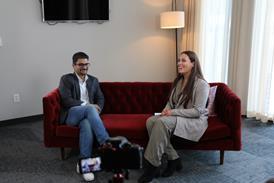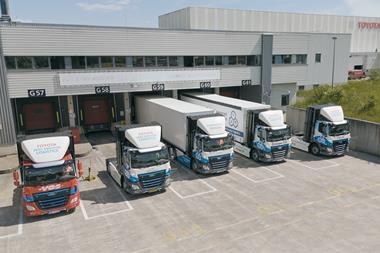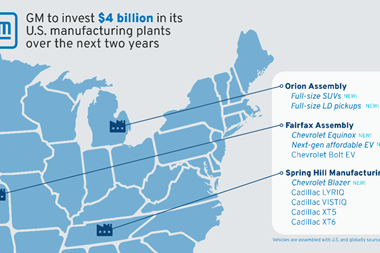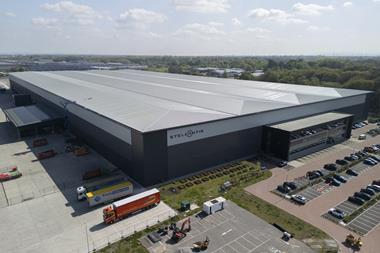
The demand for visibility and IT services in the supply chain is proving resilient despite the huge drop in vehicle sales and production, IT suppliers have told Automotive Logistics. Several companies have just announced investments or updates to their IT systems, while an IBM survey of supply chain executives published last week revealed that visibility is their number-one challenge, although cost reduction is their top priority.
The results of the study, which canvassed 400 supply chain executives, were confirmed by IT suppliers to the automotive industry such as Inform and GT Nexus, which said they see steady demand, though the attitude toward investment has become very cautious.
While analysts such as Forrester have predicted overall IT spending to dip by 3% globally this year, others such as AMR have predicted supply chain IT spending to rise slightly. Either way, visibility’s importance to supply chain management suggests demand for IT will not go the way of car sales. This week, companies such as CNH, Ebrahim K Kanoo Group (a Toyota distributor in the Middle East) and DHL have all announced supply chain IT investments.
“We see an increase in IT interest, especially in the finished vehicle sector,” said Inform’s Matthias Berlit, Head of Industrial Solutions. “While visibility and traceability remain important, more and more companies are interested in process optimisation.”
There is strong interest in solutions for yard management and for more centralised systems for vehicle distribution. Besides OEMs, demand is increasing among port and compound operators, which is perhaps a consequence of the high number of unsold vehicles currently sitting in ports, factories and warehouses across Europe and North America.
While Berlit admits that Inform expects a decrease in new contracts for the first half of 2009, and that some OEMs have stopped investing altogether, it has several big contracts under negotiation now that should be realised later in the year. It is also seeing more interest from OEMs and 3PLs in India and China.
But the way companies buy IT is changing, he said. The decision to buy an IT system for several hundred thousand Euros, which in the past would have been made by an operations manager, is now taken all the way up to board level at some companies.
Greg Kefer, Director of Corporate Marketing for GT Nexus, also noted a change in spending habits. While demand has risen across all verticals, including automotive, more companies are choosing GT Nexus’ business model, he said, which is to rent software as a subscription service online. “With IT budgets under extreme pressure, the old way of buying software and taking years to install are a hard sell. That approach is very expensive and risky for the buyer. Why buy when you can rent?” he told Automotive Logistics.


































